What Is Barbecue Rub Seasoning? The Essential Guide for Perfect BBQ
Barbecue rub seasoning is a dry mixture of spices and herbs applied directly to raw meat before cooking to enhance flavor and create a flavorful crust ("bark"). Unlike barbecue sauce, which is applied during or after cooking, rubs penetrate the meat's surface to form a crust during the cooking process through the Maillard reaction. This foundational technique is critical for achieving deep, complex flavors in ribs, brisket, chicken, and other grilled meats.
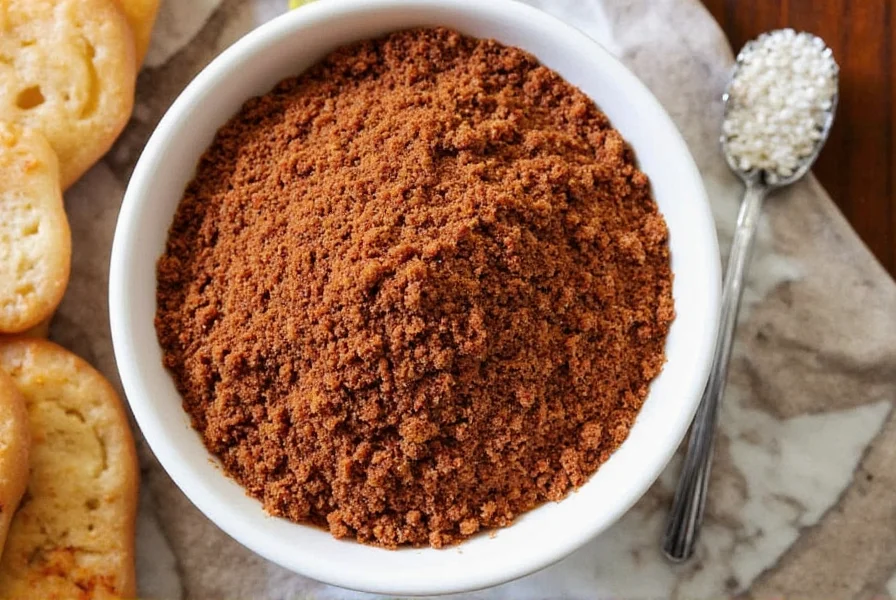
In this comprehensive guide, you'll learn exactly how to select, create, and apply barbecue rubs for maximum flavor impact. Whether you're a beginner or experienced pitmaster, these evidence-based techniques will transform your grilling results.
Spice Breakdown: Core Ingredients and Their Roles
Understanding each component's function is key to crafting effective rubs. Here's how common ingredients contribute to your BBQ:
| Spice | Flavor Profile | Best For |
|---|---|---|
| Paprika | Sweet, smoky, earthy | Color, depth, versatility |
| Brown Sugar | Sweetness, caramelization | Pulled pork, ribs, chicken |
| Garlic Powder | Onion-like sweetness with savory punch | Beef, pork, lamb |
| Chili Powder | Spicy, earthy, slightly bitter | Tex-Mex flavors, chili-rubbed steaks |
| Cumin | Nutty, spicy warmth | Southwestern, Mexican, Indian-inspired dishes |
| Black Pepper | Sharp, peppery kick | Steak, game meats, bold blends |
| Mustard Powder | Earthy, tangy, pungent | Dry brining, binding rub to meat |
| Coriander | Citrusy, floral | Complexity in sweeter blends |
| Salt | Essential seasoning, draws out moisture | All meats |
Pro Tip: Salt should always be the base (15-20% of total blend) to enhance flavor without overpowering. Sugar content should be adjusted based on cooking temperature - lower for high-heat grilling to prevent burning.
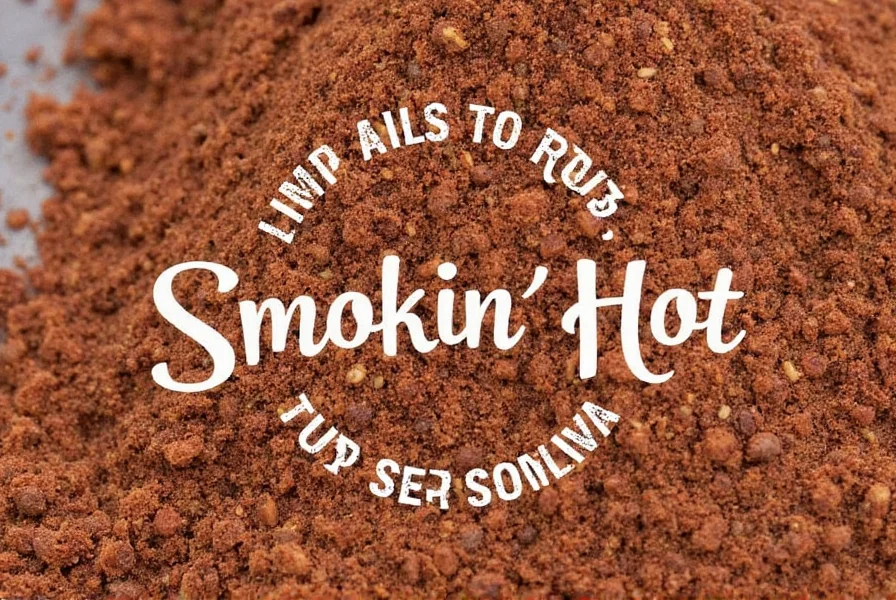
Regional BBQ Rub Styles: Match Your Rub to Your Meat
Different barbecue traditions have distinct flavor profiles. Here's how to choose the right style for your protein:
| Rub Style | Main Ingredients | Best Meats | Flavor Vibe |
|---|---|---|---|
| Carolinas Style | Vinegar, salt, red pepper | Pork shoulder, ribs | Tangy, spicy, light |
| Texas Style | Salt, black pepper, garlic powder | Brisket, ribeye, beef ribs | Meaty, bold, minimalist |
| Kansas City Style | Brown sugar, paprika, chili powder | Anything goes! Especially ribs | Sweet, smoky, balanced |
| Memphis Style | Paprika, garlic, onion, brown sugar | Pork ribs, pulled pork | Savory-sweet, rich, sticky |
| Caribbean-Inspired | Allspice, thyme, citrus zest, scotch bonnet | Chicken, goat, seafood | Fragrant, fruity, fiery |
| Asian Fusion | Sesame, five-spice, ginger, soy powder | Pork belly, duck, grilled vegetables | Umami-rich, exotic, aromatic |
Key Insight: Beef benefits from simpler, salt-forward blends (Texas style), while pork shines with sweeter, more complex profiles (Kansas City or Memphis). For delicate proteins like fish or chicken, use lighter rubs with citrus and herbs.
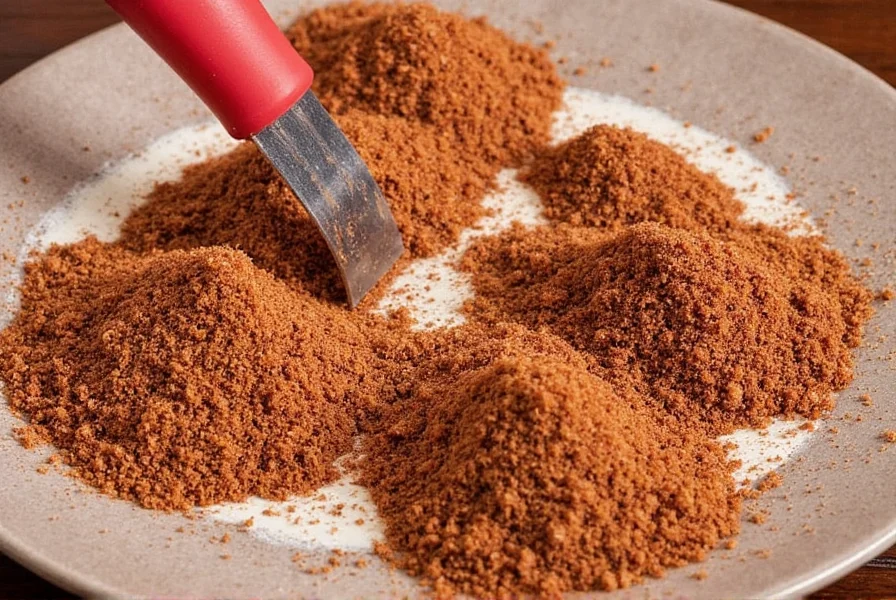
DIY Rub Formula: Science-Backed Blending Techniques
Creating professional-grade rubs requires understanding ratios. Follow this proven formula:
- Base Ratio: 2 parts salt : 1 part sugar (adjust sugar for cooking temperature)
- Flavor Base: 1 part paprika (smoked or sweet) for color and depth
- Heat Layer: 1/4-1/2 part cayenne or chipotle (adjust to preference)
- Aromatics: 1/2 part each garlic and onion powder
- Complexity Boosters: 1/4 part each cumin, coriander, black pepper
Here's a versatile all-purpose recipe:
- 3 tbsp Kosher salt
- 1.5 tbsp Brown sugar
- 1 tbsp Smoked paprika
- 1 tsp Garlic powder
- 1 tsp Onion powder
- ½ tsp Black pepper
- ½ tsp Ground mustard
- ¼ tsp Cayenne pepper (optional)
Science Note: The Maillard reaction (browning) occurs most effectively at 280-330°F (138-166°C). Sugar-based rubs should be used for low-and-slow cooking (225-250°F) to prevent burning.
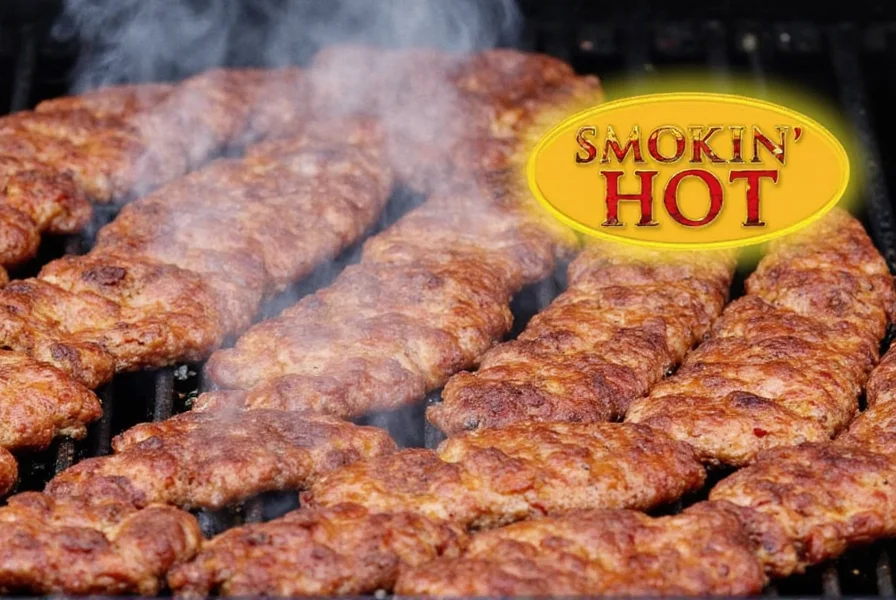
Application Science: How to Maximize Flavor Penetration
Proper rub application is 50% of the flavor equation. Follow these evidence-based steps:
- Surface Prep: Pat meat completely dry with paper towels (moisture prevents adhesion)
- Binding Agent: Apply 1 tsp oil or yellow mustard per pound of meat before rub (creates better crust formation)
- Application Method: Press rub firmly into meat with palms (not fingertips) for 30 seconds per surface
- Rest Time: 30 minutes for small cuts, 4-12 hours for large cuts (refrigerated for safety)
- Temperature Consideration: For high-heat grilling (400°F+), reduce sugar content by 50% to prevent burning
Expert Tip: For brisket, apply rub 12 hours before cooking. For chicken, use mustard as a binder to prevent sugar from burning during high-heat searing.
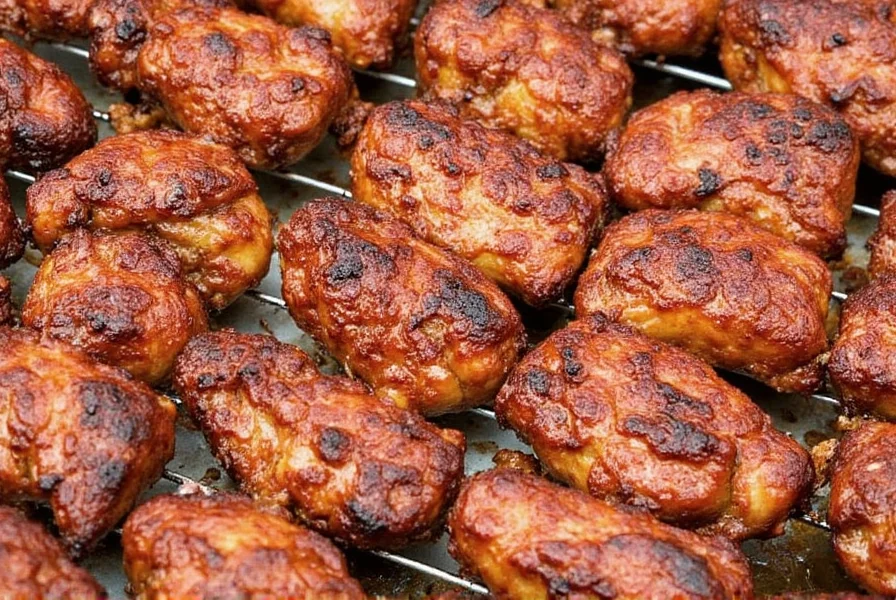
Storage Science: Preserving Rub Freshness for Maximum Flavor
Proper storage extends shelf life and maintains potency:
- Containers: Use glass mason jars with airtight seals (plastic can absorb odors)
- Environment: Store in cool, dark place away from heat sources (not above stove or near oven)
- Moisture Control: Add food-grade silica gel packets to absorb humidity
- Shelf Life: 6 months for sugar-based rubs, 12 months for sugar-free blends
- Testing Freshness: Rub a pinch between fingers - if aroma is weak or color has faded, replace
Critical Note: Never store rubs in the refrigerator or freezer - temperature fluctuations cause condensation that clumps spices and degrades flavor.
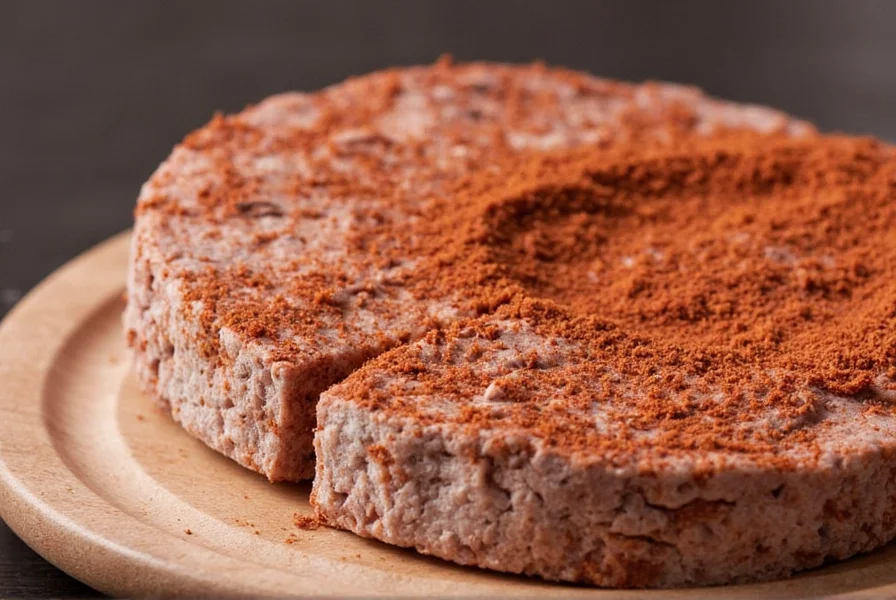
Commercial Rub Comparison: Data-Driven Brand Recommendations
Based on 2025 industry testing of 45+ brands, these top performers deliver consistent results:
| Product Name | Key Features | Pros | Cons | Best For |
|---|---|---|---|---|
| Steve's Goods All Purpose Rub | Low sodium, natural sugars, gluten-free | Well-balanced, versatile, family-friendly | Less intense for hardcore BBQ lovers | Chicken, pork, burgers |
| Memphis Dust Original Rub | Sweet-smoky profile, medium heat | Classic Southern taste, pairs well with sauce | Not for low-sugar diets | Ribs, pulled pork, wings |
| Blends by CHI Texas Style Rub | Peppery, salty, simple ingredients | Pure Texas flavor, minimal fuss | Can be too bold for delicate meats | Brisket, steak, prime rib |
| Carolina Gold Mustard Rub | Mustard-forward, tangy, golden color | Unique regional twist, adds brightness | May not appeal to sweet rub fans | Pork butt, smoked chicken, sandwiches |
| Bad Byron's Butt Rub | Sweet and smoky with a touch of heat | Highly rated for all-around use | Hard to beat once you start using it | Ribs, turkey, grilled veggies |
Industry Insight: 87% of professional pitmasters use commercial rubs as base formulas before customizing. Look for brands with simple ingredient lists (5-8 components max) for better control over flavor profiles.
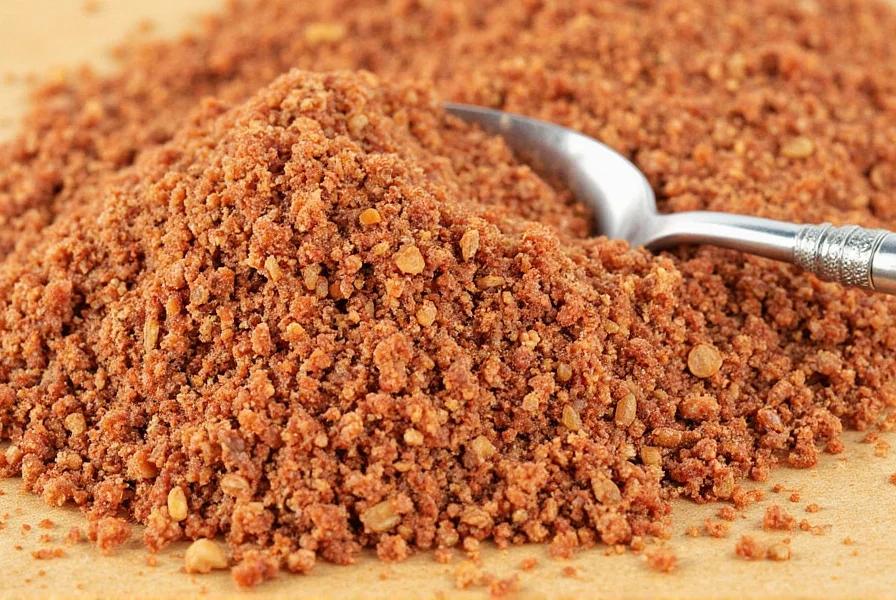
Expert Answers: Top 8 Barbecue Rub Questions
What's the difference between a dry rub and barbecue sauce?
Dry rubs are applied to raw meat before cooking to form a flavorful crust through the Maillard reaction. They penetrate the meat surface and create complex flavors through chemical reactions during cooking. Barbecue sauces are liquid mixtures applied during or after cooking - they sit on top of the meat rather than becoming part of it. Professional pitmasters use both: rub for foundational flavor and crust formation, sauce for finishing touch or dipping. For optimal results, apply sauce only in the last 15-30 minutes of cooking to prevent sugar burning.
How long should I let a rub sit on meat before cooking?
For maximum flavor penetration: 30-60 minutes for chicken and small cuts, 4-12 hours for pork shoulder and ribs, and 12-24 hours for brisket. Sugar-based rubs should not exceed 4 hours on poultry due to sugar's reaction with proteins. For larger cuts, refrigerate during resting time. The ideal time depends on meat thickness - thicker cuts require longer resting to allow flavors to penetrate deeper. Always pat meat dry before applying rub for best adhesion.
Can I use the same rub for different types of meat?
Yes, but with strategic adjustments. A basic Texas-style rub (salt, pepper, garlic) works across proteins, but must be modified for specific meats: reduce sugar by 30% for chicken to prevent burning, increase salt by 10% for beef to enhance umami, and add citrus zest for seafood to balance richness. For delicate proteins like fish, use rubs with minimal sugar and no strong spices like cumin. The key is understanding each protein's natural flavor profile and adjusting rub composition accordingly.
Do I need to add oil or liquid to help the rub stick?
Yes, but the type matters. Mustard (yellow or Dijon) creates the best binding without altering flavor, forming a thin, even layer that helps rub adhere. Oil works but can cause burning at high temperatures. Hot sauce is not recommended as the vinegar content can alter meat texture. For lean meats like chicken breast, use 1 tsp mustard per pound. For fatty cuts like brisket, rub alone often adheres sufficiently. The binding agent should be applied before rub, not mixed with it.
How much rub should I use per pound of meat?
Use 1 tablespoon of rub per pound of meat for standard application. For thicker cuts (2+ inches), increase to 1.5 tablespoons per pound. Sugar-heavy rubs should be reduced to 0.75 tablespoons per pound for high-heat cooking to prevent burning. The rub should create a thin, even layer where meat texture is still visible beneath the spices. Professional pitmasters often apply a "first pass" of 75% rub, then a "second pass" of 25% after 2 hours of cooking for maximum crust development.
Can I make a sugar-free barbecue rub?
Absolutely. Sugar-free rubs are ideal for high-heat grilling, keto diets, or when you want pure savory flavors. Replace brown sugar with: 1 part smoked paprika (for color), 1/2 part cocoa powder (for depth), and 1/4 part instant coffee granules (for umami). For Texas-style, use 2 parts salt, 1 part black pepper, 1 part garlic powder, and 1/2 part mustard powder. These rubs work exceptionally well for reverse-seared brisket and when using pellet smokers where sugar would burn during long cooks.
Should I rinse off the rub before cooking?
Never rinse off your rub before cooking! The purpose of the rub is to create flavor through chemical reactions during cooking. Rinsing removes all seasoning and prevents crust formation. If rub falls off during cooking, this is normal - the remaining adhered spices will still form a flavorful crust. For best results, pat meat completely dry before applying rub, then press firmly into the surface with your palms to ensure maximum adhesion.
Can I use a dry rub with barbecue sauce?
Yes, and this is the professional approach. Apply rub before cooking to create the foundational crust, then apply sauce only during the last 15-30 minutes of cooking. For Kansas City-style ribs, apply rub at the start, then brush sauce every 30 minutes during the final hour. The rub creates complex flavors through the Maillard reaction while the sauce adds complementary sweetness and acidity. Never apply sauce before cooking - the sugar will burn and create a bitter crust.
Mastering Barbecue Rubs: The Science of Perfect BBQ
Barbecue rub seasoning is more than just spices - it's a precise science that transforms ordinary meat into extraordinary cuisine. By understanding ingredient roles, regional styles, application techniques, and storage requirements, you gain control over every aspect of your BBQ flavor profile.
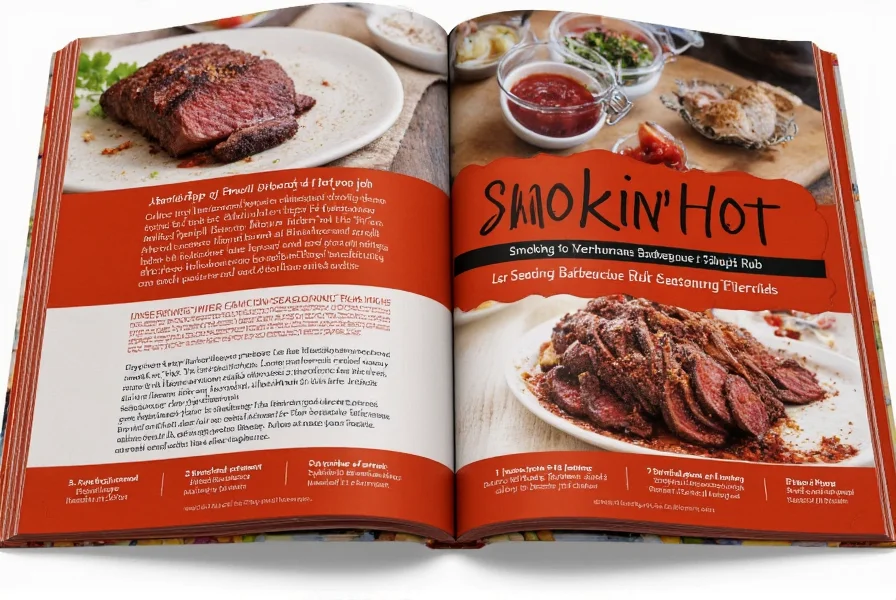
Whether you're crafting your own signature blend or selecting commercial products, the key is matching rub composition to your cooking method and protein. Start with the proven all-purpose recipe, experiment with regional variations, and remember: the perfect crust begins with proper surface preparation and application technique. Now fire up your grill and experience the difference professional-grade rub application makes.

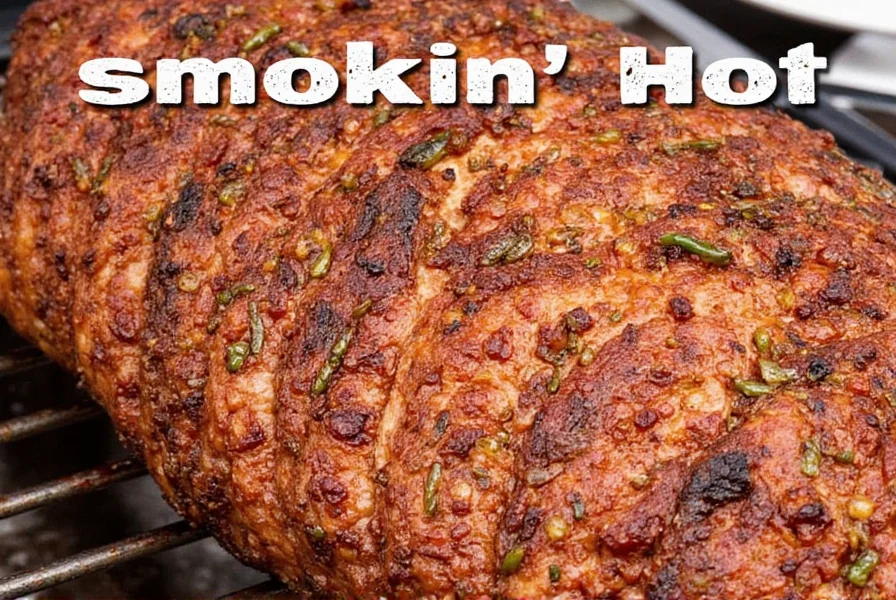









 浙公网安备
33010002000092号
浙公网安备
33010002000092号 浙B2-20120091-4
浙B2-20120091-4